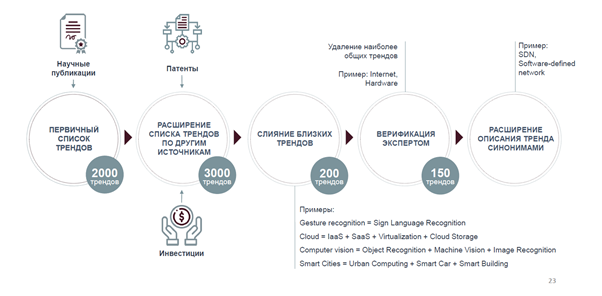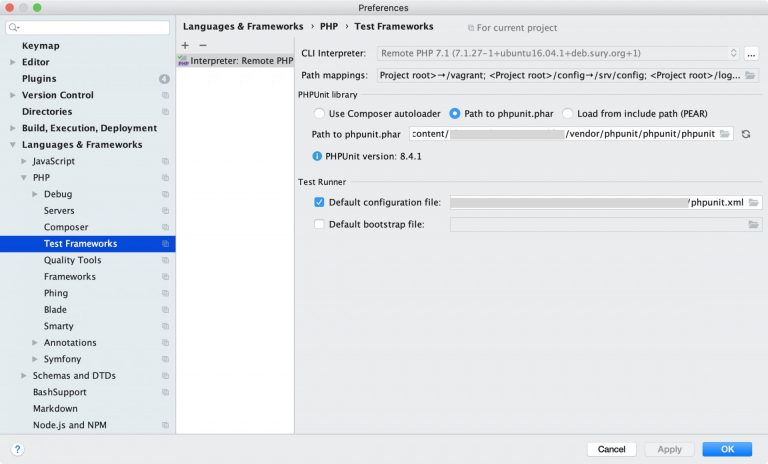Slow virtualization on x86. A little attempt to figure it out Part 4. KVM
The rest of the control is implemented through virt-install and contains a fairly rich set of settings regarding the CPU – cpuset, numatune, and even something instead of Enhanced vMotion Compatibility – the cpu key. And that’s all, as it were. Description of the keys here
Next comes the specifics – who has cpuunits and affinity (proxmox And openvz), and who doesn't.
There is no testing methodology, as I already wrote, and there cannot be one, both for administrative and technical reasons – everyone has their own set of tasks and virtual machines, and who works how and who interferes with whom is difficult.
Monitoring.
The most difficult thing in such comparisons is deciding on load monitoring. While ESXi has esxtop described in sufficient detail, in KVM it is difficult to obtain delay slices by component/data path. Debugging cases of “something in the driver was leaking and the disk system began to slow down” can be very interesting.
Although RH has documentation on Monitoring Performance in Virtual Machine Manager
and on Virtual machine performance monitoring tools using perf – perf kvm stat live
or take some templates from here – Monitoring VMs on OpenStack (or KVM) using Graphite + Collectd (Last update: 2020-05-14T08:13:47)
All this promises to be very interesting in the next couple of months, due to a fresh vulnerability – GhostRace CPU vulnerability threatens all major architectures — IBM and VU Amsterdam researchers detail new cross-platform speculative execution attack




